Haiti
Eastern Standard Time (EST), UTC−5
Eastern Daylight Time (EDT), UTC−4 from March to November
Sunrise ~06:00, sunset ~18:00 (varies by season)
Haitian Gourde (HTG), symbol “G”
Coins: G1–G10; banknotes: G10–G500
1 USD ≈ G100 (rates fluctuate)
ATMs and card acceptance limited outside Port-au-Prince
Service charge ~10%; tipping 5–10%
January 1 – Independence Day (from France, 1804)
May 18 – Flag & University Day
September 30 – Ouanaminthe Day
Ceremonies, parades and cultural performances nationwide
Visa-Free Countries
Visa on Arrival Countries
E-Visa Countries
Visa Required Countries
Culture
Haitian culture blends West African, Taino and French colonial legacies into a vibrant tapestry of art, music and spirituality. Vibrant street murals and metalwork sculptures line Port-au-Prince avenues. Vodou ceremonies—deeply respected faith traditions—feature rhythmic drumming, song and dance in community lakou courtyards. Cuisine highlights griot (fried pork), diri ak djon djon (rice with black mushrooms) and pâté haïtien. Carnival season erupts with music competitions, colorful costumes and rara processions carrying bamboo horns through city streets. Creole language permeates literature, theater and folk storytelling, preserving ancestral wisdom and resilience.
- Vodou Traditions: Community rituals honoring lwa spirits with dance, music and offerings.
- Art & Craft: Ironwork from recycled oil drums and naïve painting sold at Pétion-Ville galleries.
- Music & Dance: Kompa and rara ensembles animate street festivals and rural fêtes.
- Cuisine: Spicy stews, plantain fritters and seafood delicacies at local ti komès.
- Language: Haitian Creole as daily tongue; French in academia and media.
Tourism & Best Sites to Visit
Haiti’s rugged mountains, colonial architecture and coastal reefs invite intrepid travelers to discover hidden gems. From UNESCO sites to secluded beaches, each destination reveals Haiti’s storied past and natural beauty.
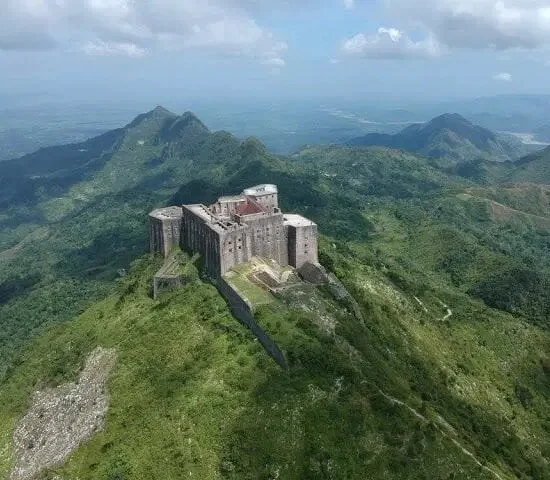
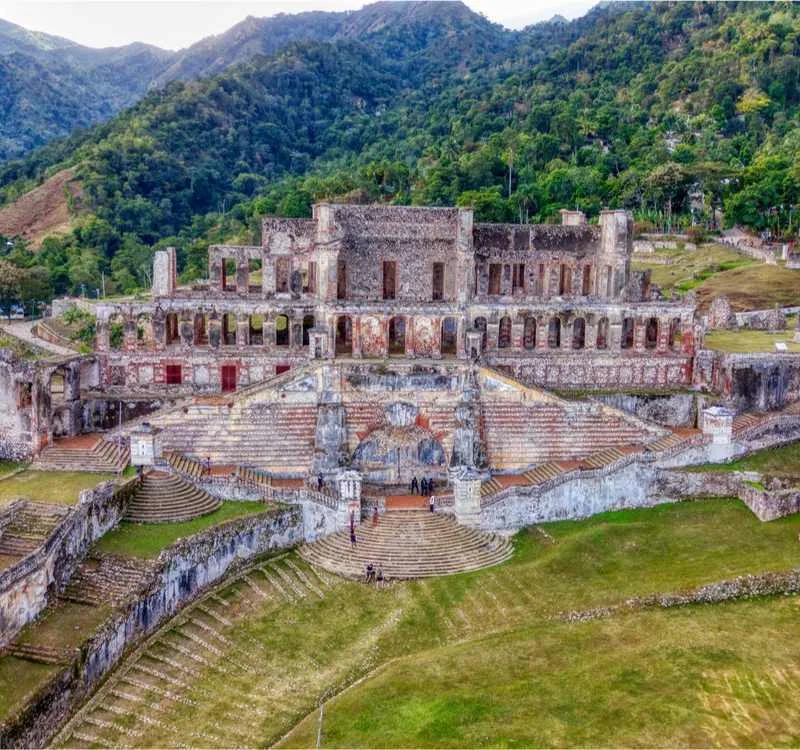
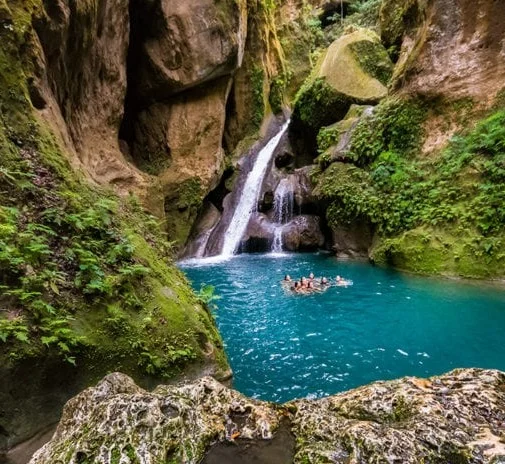
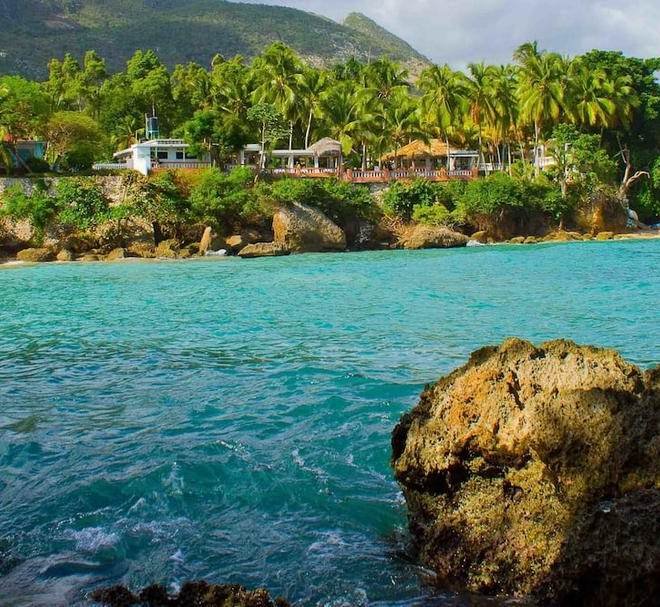
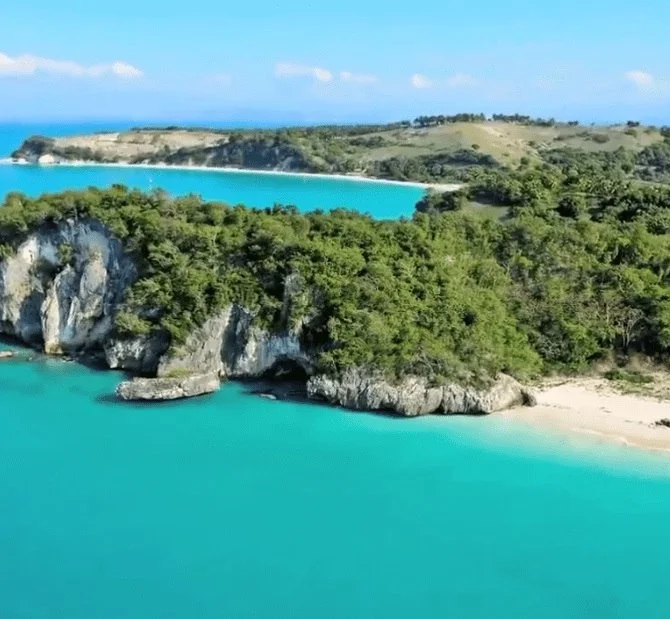
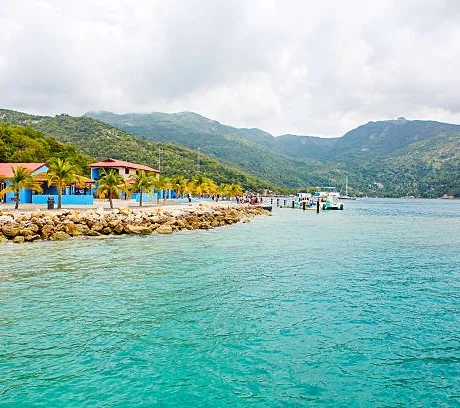
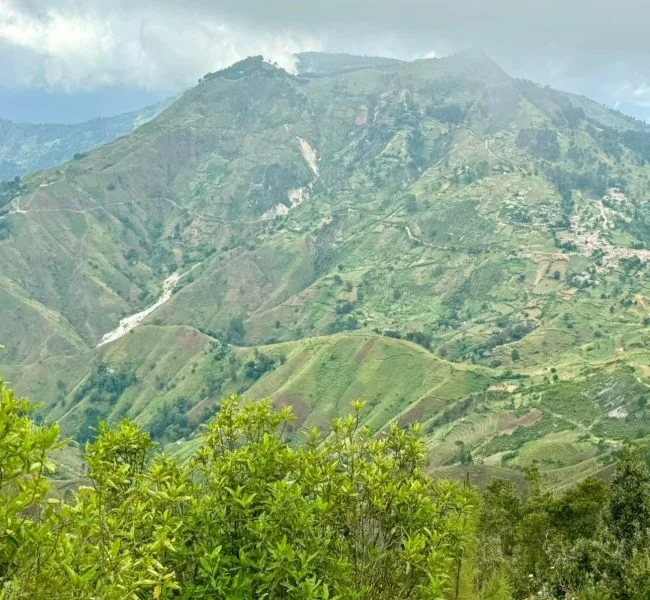
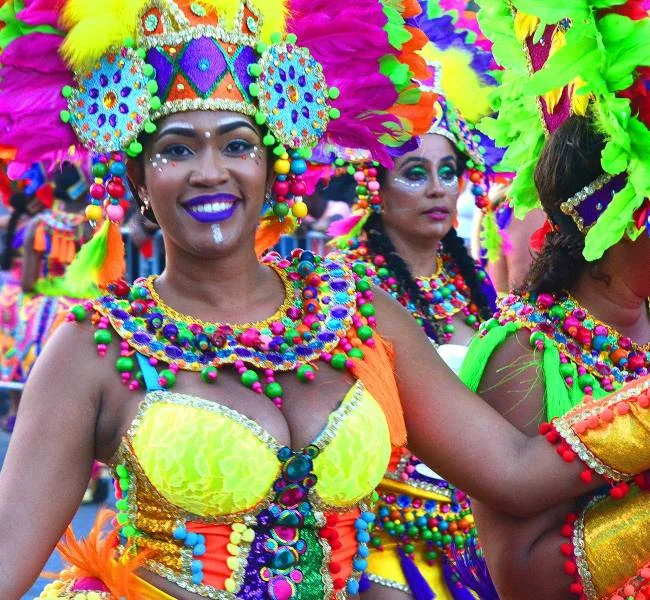
-
Citadelle Laferrière Perched atop Bonnet à l’Evêque mountain at 900 m, Citadelle Laferrière is the largest fortress in the Americas. Constructed between 1805–1820 to defend Haiti’s independence, its stone walls stretch over 21 km², interlaced with cannons facing the horizon. The hike from Saint-Suzanne passes rural villages, coffee plantations and panoramic valleys. Inside, stone barracks, powder magazines and watchtowers evoke early 19th-century military ingenuity. UNESCO-listed, the Citadelle symbolizes Haiti’s resilience and offers sunrise views that pierce morning mist over the Caribbean Sea.
-
Sans-Souci Palace Once the royal residence of King Henri Christophe, Sans-Souci Palace stood as a neoclassical marvel until an 1842 earthquake reduced its walls to jagged columns. Granada-yellow walls contrast with moss-clad stonework amid verdant gardens overlooking the northern plain. Guided tours trace the king’s grand ballrooms and private chapel, narrating Haiti’s brief monarchy era. Archaeological excavations reveal marble flooring fragments and ornate cornices. On clear days, the palace terrace provides sweeping vistas of the Citadelle rising above Caribbean coastal plains.
-
Bassin Bleu Hidden in a limestone gorge near Jacmel, Bassin Bleu comprises three jade-colored pools fed by cascading waterfalls. A 20-minute hike through tropical hardwood forest reveals first “Bassin Club,” a wide pool ideal for swimming. Further upstream, “Bassin Kid” and “Bassin Palmier” require river crossings and scramble over rocks. Guided by locals, you learn medicinal uses of surrounding herbs and spot hummingbirds flitting among heliconias. Rope swings and cliff-jump points add adventure. Access involves a small entrance fee supporting community conservation efforts.
-
Jacmel Renowned for its Art Deco architecture and lively arts scene, Jacmel’s cobblestone streets host papier-mâché mask workshops, galleries and colonial-era hotels. Each March, the Jacmel Carnival features giant papier-mâché figures and rara bands parading along the waterfront. The Maison Lam art space houses rotating exhibitions of Haitian painting and sculpture. Nearby beaches—Rayon-Vert and Plage de la Cosse—offer snorkeling over coral reefs. Food-lovers sample fresh conch fritters and grilled tilapia at beachfront ti komès.
-
Île-à-Vache A 30-minute ferry from Les Cayes, Île-à-Vache remains Haiti’s best-kept secret—white sand beaches, coastal lagoons and mangrove forests. Quiet coves like Clairière and Anse d’Azur provide romantic getaways, while inland trails lead to Bassin à Rousseau waterfall. Small-scale eco-lodges offer kayaking and horseback tours through coconut plantations. Local fishermen guide mangrove boat rides to spot herons and sea turtles. The island’s slow pace and community-run guesthouses ensure authentic cultural exchange.
-
Labadee Operated by Royal Caribbean, Labadee spans a private peninsula of lush hills and white-sand beaches. Thrill-seekers ride the Dragon’s Breath zip-line—the world’s longest over water—soaring 2 250 m above the cratered landscape. Bayside cabanas offer beachfront privacy, while Lagons Lounge serves seafood buffets. Local artisans run craft markets at the dock, selling hand-woven hats and marine-inspired artworks. Although commercialized, Labadee’s emerald waters and coral gardens remain stunningly vibrant beneath snorkeling masks.
-
Pétion-Ville A suburb of Port-au-Prince known for its nightlife and art district, Pétion-Ville perches on hilly terrain overlooking the city. Trendy restaurants serve créole-fusion cuisine alongside rooftop bars with panoramic views. Galleries like Galerie Monnin exhibit contemporary Haitian painters, while boutique shops stock leather goods and handmade jewelry. Each Saturday, the Montagne Noire market brings fresh produce and street food to busy lanes. Nearby Parc Historique de la Canne à Sucre offers botanical gardens and ruins of colonial sugar mills for a quiet escape.
-
Jacmel Carnival Jacmel’s Carnival, held in March, revives 19th-century French-style masquerades with a Haitian twist—giant papier-mâché floats, live rara music and costumed dancers roam the streets. Workshops in the months prior craft elaborate masks and costumes from recycled materials. On parade nights, locals and visitors join in street parties under strings of colored lights. Culinary stalls sell griot sandwiches and cold Prestige beer, while seasoned carnival-goers narrate folklore behind each masked character, preserving traditions of resistance and creative expression.
Transportation
Haiti’s mountainous terrain and limited infrastructure make travel an adventure. Tap-tap minibuses—vibrantly painted and roof-laden with luggage—serve most local routes. Private taxis and moto-taxis navigate narrow streets in Port-au-Prince. Coastal highways connect major towns, but expect potholes and slow-moving trucks. Ferries link southern ports to Île-à-Vache, while charter flights serve remote airstrips near Jacmel and Cap-Haïtien. Always negotiate taxi fares in advance and allow extra time for security checkpoints.
- Tap-Taps: Shared minibuses on fixed routes; fares paid in cash; frequent but crowded.
- Taxi Services: Metered taxis in major cities; negotiate flat rates for intercity trips.
- Moto-Taxis: Motorcycle taxis for short hops; helmets provided inconsistently.
- Ferries: Pirogues and small ferries to Île-à-Vache from Les Cayes; schedules vary by weather.
- Charter Flights: Dominican Wings and Mission Aviation Fellowship serve remote airstrips.
- Car Rentals: Limited availability; recommend 4×4 vehicles with local guide.
Airports
Haiti’s aviation network centers on Port-au-Prince and Cap-Haïtien, with additional airstrips serving tourist lodges and remote communities.
- Toussaint Louverture Intl. (PAP): Main gateway, 10 km north of Port-au-Prince; served by major carriers; customs, car rentals, taxis.
- Cap-Haïtien Intl. (CAP): In the north; access to Citadelle Laferrière and Sans-Souci; limited cafés and car services.
- Jacmel Airport (JAK): Small airstrip; charter flights only; scenic approach over coastline.
Visa & Travel
| Nationality/Region | Entry Status | Max Stay | Key Requirements |
|---|---|---|---|
| USA, Canada, UK, EU, CARICOM | Visa Free | Up to 90 days | Passport valid ≥6 months, return/onward ticket |
| China, India, Russia | Visa Required | Varies by bilateral agreement | Apply at Haitian embassy; proof of funds; itinerary |
| Transit (all nationalities) | Transit Allowed | ≤24 hours | Confirmed onward ticket |
Health: Yellow fever vaccination if arriving from endemic areas; recommended: hepatitis A, typhoid.
Customs: 200 cigarettes or 50 cigars; 1 L alcohol; US$200 of goods duty-free.
Safety Tips: Exercise caution in urban areas; secure valuables; avoid travel after dark on rural roads.
Money Matters: ATMs primarily in Port-au-Prince; carry USD cash; USD and HTG both accepted.
Etiquette: Greet with “Bonjou” or “Bonswa”; ask permission before photographing Vodou ceremonies or people.
- Asia
- Singapore
- Japan
- South Korea
- Africa
- Seychelles
- Mauritius
- South Africa
- Contact:
- Address: Eighth Avenue Place, East Tower, 525 8 Avenue SW Suite 3200 Calgary, Alberta T2P 1G.
- Email: Info@theazmip.com
- Number: +12812363495
Travel the World Without the Burden of Visa Applications, as TheAzmip.com Connects You to the Best Visa-Free Destinations.
- North America
- United States
- Canada
- Mexico
- Oceania
- Australia
- New Zealand
- Samoa

